Further information on the Bee Landscape Road Map
Why this road map?
Our wild pollinating insect populations (wild bees, hoverflies, and butterflies) are in danger. There are around 20,000 different species of wild bees worldwide, of which around 2000 species live in Europe! A global study by IPBES from 2016 showed that wild pollinators have declined in occurrence and diversity at local and regional scales in North West Europe and North America. In Europe for example, 9 % of the bee and butterfly species are endangered and 37% and 31% decline has been observed in bee and butterfly populations respectively.
Luckily, many people are aware of this and have taken the initiative to foster the diversity of bees, butterflies, and other pollinating insects. While such initiatives are well intentioned, local and isolated measures are not enough to counter the negative trend in wild pollinator populations. To do that, we need cohesive measures spread across a larger area.
No public authority, business, organisation, or individual can upgrade a landscape for wild pollinators single-handedly. Therefore by joining forces in a bee landscape, different parties can align their measures to ensure that they support and reinforce one another. This is how we can much more easily reverse the downward trend in our pollinating insects.
We see a bee landscape as a social network set up and managed by multiple parties to create at least one so-called ‘bed & breakfast area’ for pollinators within a certain area. A bed & breakfast area is a robust and sustainable, and a more or less connected habitat where a high diversity of different pollinating insects can exist.
How is the Bee Landscape Road Map structured?
The road map is basically a table that lists a variety of success factors for an effective bee landscape. The columns show the bee landscape returns: ‘Social Network’, ‘Inspiration & Learning’, ‘Ecological Network’, and ‘Costs & Added Value’. This particular structure is based on the ‘4 returns model’ devised by the Commonland organisation (www.commonland.com).
The table rows show the four network development phases of a bee landscape:
1. Start-up phase – the network is set up and takes shape;
2. Network development – the network develops and engages in joint activities such as defining a common ambition and vision;
3. Planning – the network plans joint activities to realise its ambition;
4. Execution – the network carries out joint activities to realise its ambition.
Although the road map depicts the different phases as if one follows the other (left arrows in the figure below), a network approach differs from a project approach, meaning that the phasing is less linear in practice. Networks grow and shrink. Aspects such as planning, execution, and monitoring can take place simultaneously. So in practice, the realisation of a bee landscape will become a process whereby one may need to revert to previous phases to change course or further improve specific elements (right arrows in the figure below).

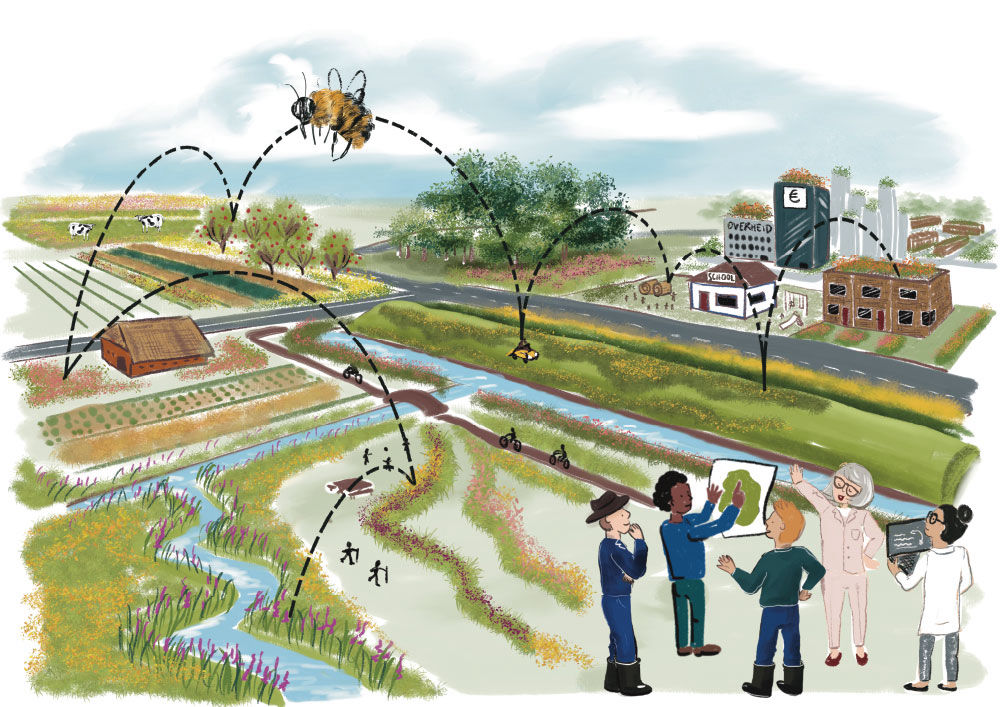
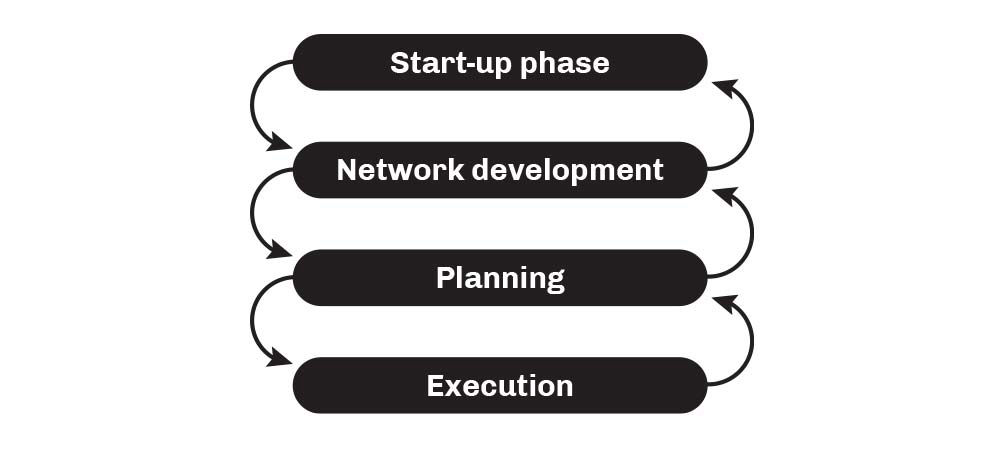
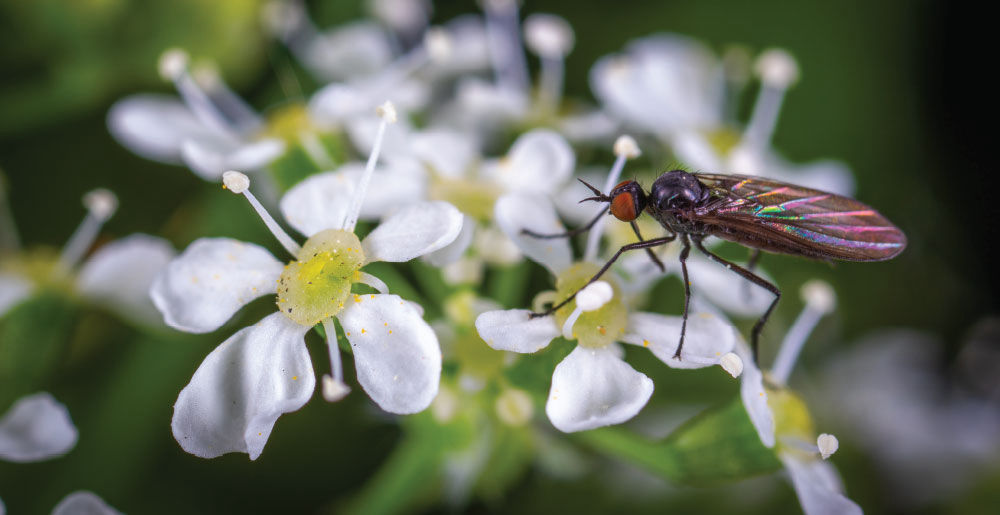
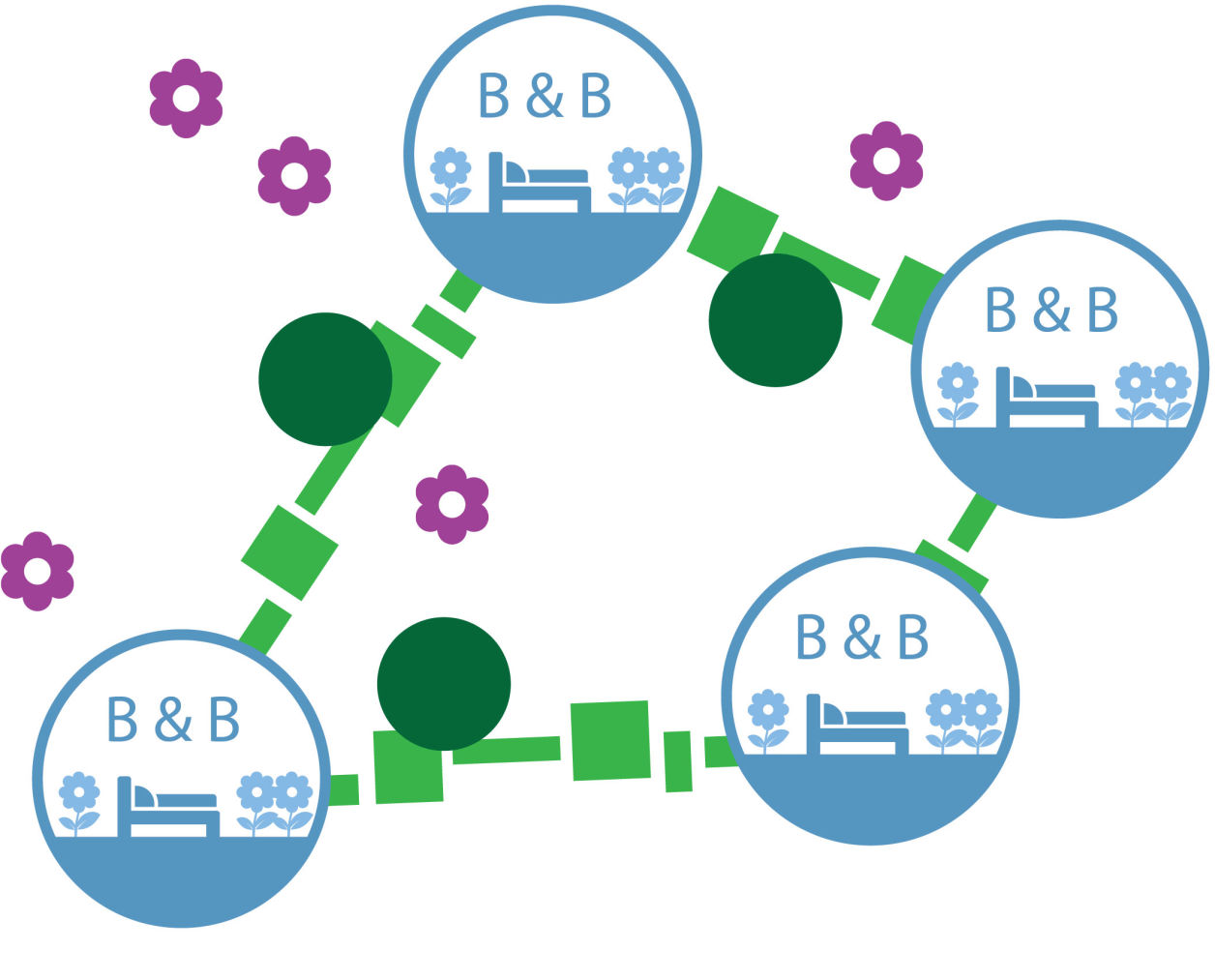
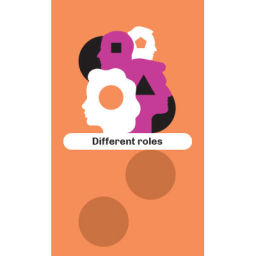



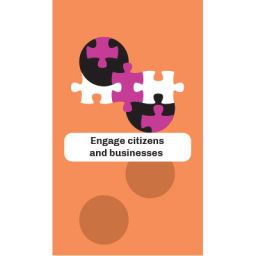

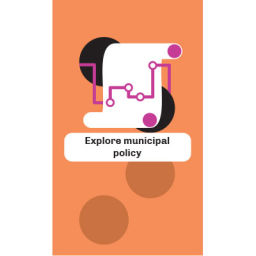

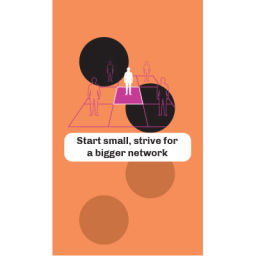
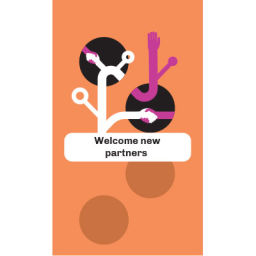
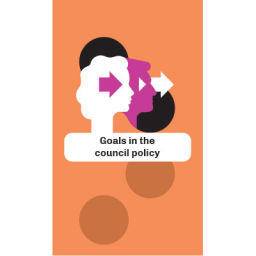
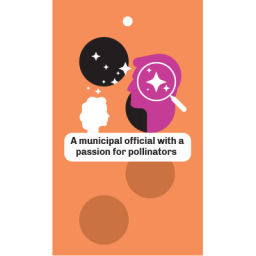

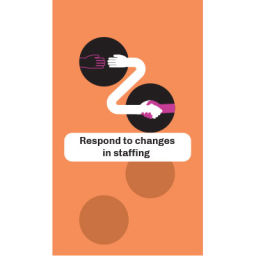

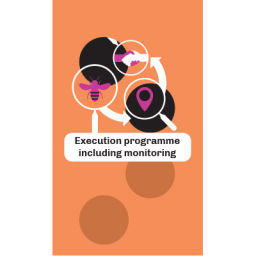

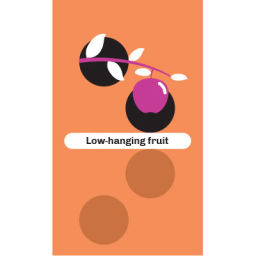
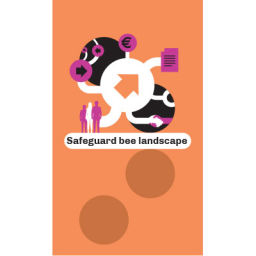
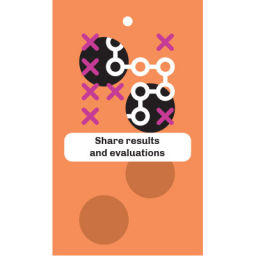
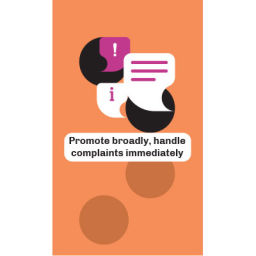

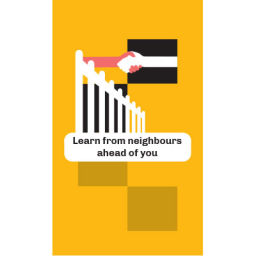
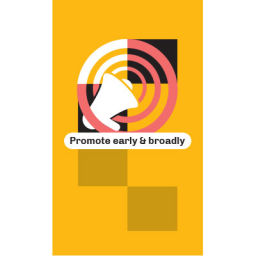
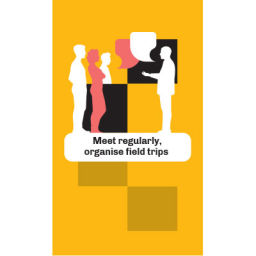


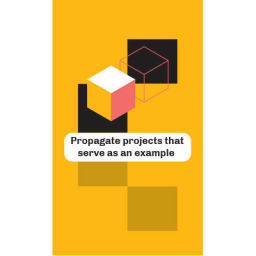


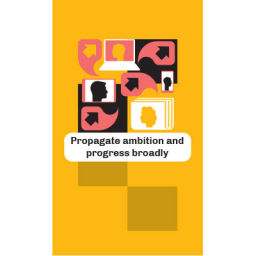
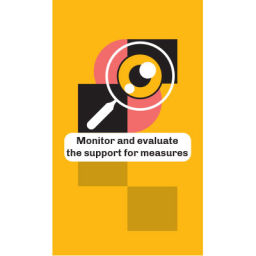
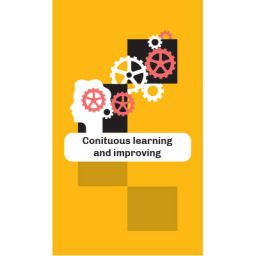


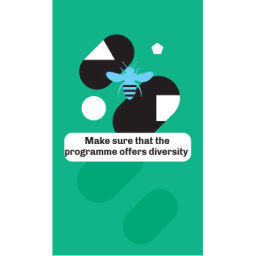
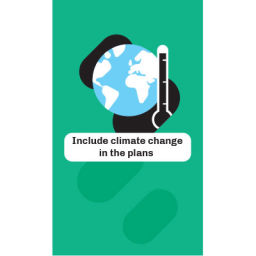
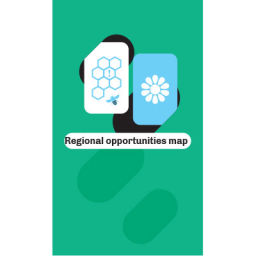

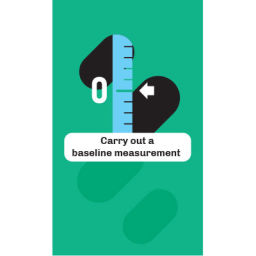


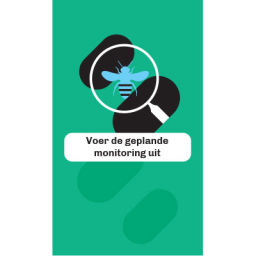

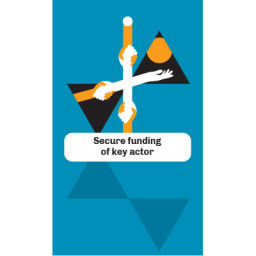
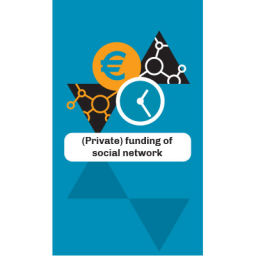

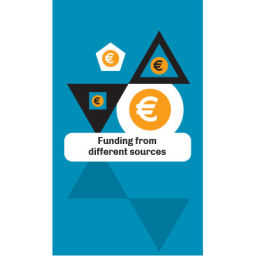
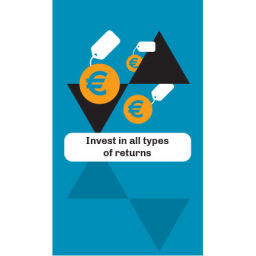




Share this on